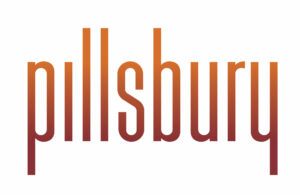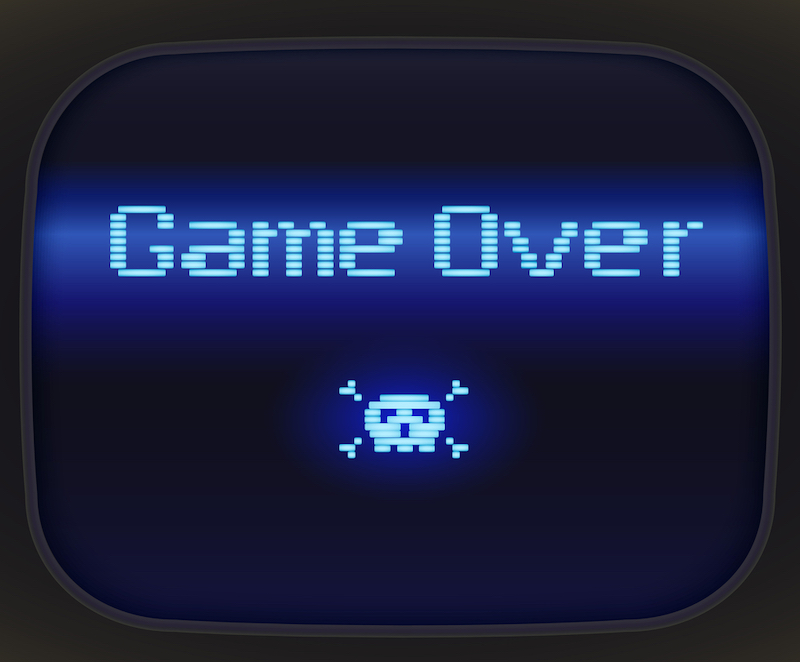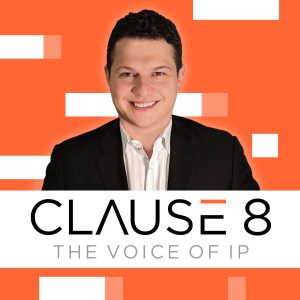Winning Strategies at the PTAB, Part I: Bring Your Game
“Your client’s litigation campaign hopefully involves the assertion of multiple patents, not just one or two, to have a good opportunity to escape the IPR process with at least a few confirmed claims.”
Litigating the validity of claims in an inter partes review (IPR) at the Patent Trial and Appeal Board (PTAB) is vastly different from litigating validity in district court. PTAB judges are scientists and engineers, and they are also patent attorneys. They have significant technical training, and most have advanced technical degrees. You can assume they know substantive patent law cold. PTAB judges represent a very different audience from a lay judge or a jury in district court.
When it comes to validity, the playbook for district court is most definitely not the playbook for IPRs. If you do not make a conscious effort to set aside district court strategies while arguing validity, it can ruin your case.
Whether you are the petitioner or the patent owner, the papers you file must be oriented to this audience of highly trained specialist judges. Your petition or patent owner response and accompanying expert declarations must focus on helping administrative patent judges (APJs) understand the core technical issues at the heart of the legal dispute on obviousness. They must also convince APJs to accept your reasoning and the associated evidence on why claims are obvious or nonobvious.
Whether presenting in the papers or at oral argument, ask yourself whether each argument is likely to be viewed as legitimate by the APJs on the panel. If not, you should remove that losing argument. Weak arguments undercut and dilute the strong arguments you have on the merits. Perhaps worst of all, weak arguments undercut your credibility before the panel. They also undercut the credibility of your expert, who the Board will want to cite favorably if you are to prevail in the proceeding.
Know What You Are Up Against
For patent owners, the PTAB is an extremely challenging forum. It is not necessarily the “death squad” it was alleged to be in its early days, but it is still a proceeding that is much less friendly to the patent owner than a district court. The PTAB has not turned out to be the administrative alternative to district courts that patent owners envisioned when the America Invents Act (AIA) was enacted.
In 2023, the institution rate for IPRs was 67%. It was 66% in 2022, and it is tracking at 64% the first two quarters of 2024. If you represent the patent owner, your client needs to understand that most of the time the Board is going to institute a trial if a petition is filed.
For IPRs that reach a final written decision, the Board found all challenged claims to be unpatentable 67% of the time in 2023. In the first two quarters of 2024, the Board found all challenged claims to be unpatentable 70% of the time. Thus, the majority of patents get instituted, and the majority of patents get completely invalidated.
Looking at it another way, 45% of challenged patents will be killed if a petition is filed.
The Federal Circuit hardly provides respite: it affirms PTAB decisions in IPRs more than 83% of the time.
There are two takeaways. First, your client’s litigation campaign hopefully involves the assertion of multiple patents, not just one or two, to have a good opportunity to escape the IPR process with at least a few confirmed claims. Second, you need to follow best practices for IPRs and avoid some of the common pitfalls to give the patent the best chance.
Crafting Your Petition/Patent Owner Response and Expert Declaration
The PTAB conducts trials, but it hardly resembles a district court. It has a different style and rules.
The PTAB generally frowns upon some of the antics and strategies that can work in a district court setting. The use of bombastic language to attack the other party’s positions does not play well. Submitting briefs with excessive use of emphasis does not impress and can undermine the credibility of the merits arguments you present.
The brief and supporting expert declaration should be crafted with the expertise of APJs in mind, explaining without being repetitive and never being condescending.
Special care needs to be taken with expert declarations. An expert declaration is not an expert report. Whereas a report is a disclosure giving notice of the testimony the expert expects to give at some point, an expert declaration submitted in an IPR is the direct testimony. The expert is largely bound to that testimony, and thus the expert declaration must be complete and accurate.
One common problem is the submission of expert declarations that track the petition or patent owner response too closely. An expert declaration that looks like a cut-and-paste from the petition/patent owner response is problematic. Such a declaration does not help the APJs on the panel better understand the arguments in the principal paper, which they read carefully. If they recognize a declaration that “parrots” the principal paper, the declaration will be given little weight. Xerox Corp. v. Bytemark, Inc., IPR2022-00624 (PTAB Aug. 24, 2022); Xerox Corp. v. Bytemark, Inc., IPR2022-00624 (Feb 10, 2023) (Vidal, Dir.) (prec.) (criticizing the expert declaration as repeating the petitioner’s argument verbatim and assigning it little weight). See, e.g., Am. Honda Motor Co., Inc. v. Blitzsafe Tex., LLC, IPR2016-01473, Paper 9, 16-17 (PTAB Jan. 24, 2017) (“Finally, relying on the Geier Declaration as support is insufficient, when, as here, the cited paragraphs in the Declaration are repeated in the Petition verbatim, and, thus, offer no more explanation or factual support than what appears in the Petition.”) (citation omitted); Free-Flow Packaging Int’l, Inc. v. Automated Packaging Sys., Inc., IPR2016-00447, Paper 7, 10 (PTAB June 22, 2016) (“Dr. Kimmel’s declaration … does nothing more than parrot the language of the Petition word for word, without providing any analysis or underlying facts to support the opinion.”).
One question that arises for the patent owner is whether to submit an expert declaration with the preliminary response. As a general rule, it is better to hold off on submitting an expert declaration until after institution to avoid the risk of confirmation bias. A panel of APJs will decide whether to institute the IPR based on the low threshold of whether there is a “reasonable likelihood that the petitioner would prevail with respect to at least 1 of the claims challenged in the petition.” 35 U.S.C. § 314(a). If there is an institution after you submitted a preliminary response with an expert declaration, you will then be submitting a second expert declaration with the patent owner response asking the same panel of APJs to come to a different conclusion in the final written decision.
Another reason not to submit an expert declaration with the preliminary response is that it can give the appearance of a genuine dispute of fact between the petitioner’s expert and the patent owner’s expert, which the panel may feel is best left to resolution by trial.
The petitioner’s expert declaration should address all requirements of the obviousness analysis: (1) the prior art combination meets all limitations, (2) there is an apparent reason to combine/modify, and (3) there is a reasonable expectation of success. The petition and the expert declaration should submit multiple, alternative reasons for why a POSITA would have reason to combine the references. If there is any question as to whether a reference expressly discloses a limitation, the petition and expert declaration should set forth an alternative argument on why the limitation is inherently disclosed by the reference. The failure to make an inherency argument in the petition may constitute forfeiture because the petition effectively defines and cabins the arguments for unpatentability. See SAS Institute Inc. v. Iancu, 138 S.Ct. 1348 (U.S. 2008) (“in an inter partes review the petitioner is master of its complaint”); 37 C.F.R. § 42.104(b)(4) (“The petition must specify where each element of the claim is found in the prior art patents or printed publications relied upon”).
We will explore some of the pitfalls that patent owners encounter in responding to petitions in Part II of this article and some strategies for making the patent owner’s response as effective as possible.
Image Source: Deposit Photos
Author: iqoncept
Image ID: 55028077






